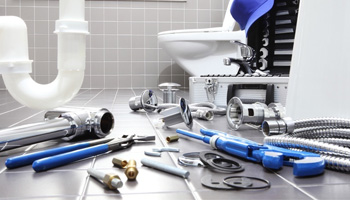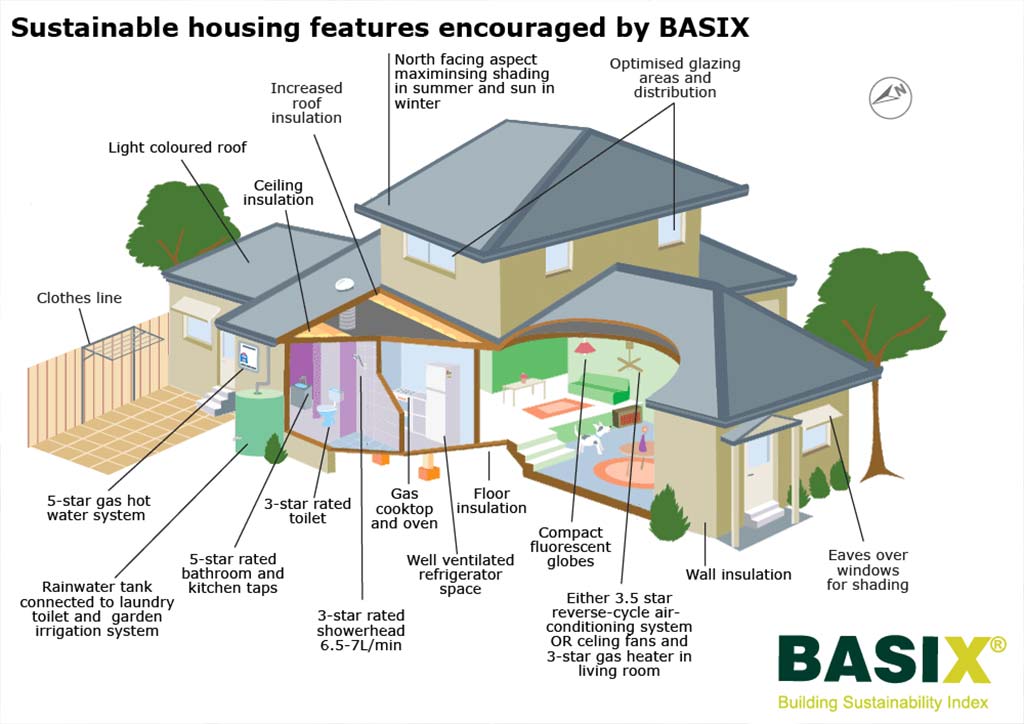An In-Depth Look at Your Property's Plumbing System Anatomy
An In-Depth Look at Your Property's Plumbing System Anatomy
Blog Article
Presented here below you will discover lots of decent content about Exploring Your Homes Plumbing Anatomy.

Comprehending just how your home's plumbing system works is necessary for every house owner. From supplying tidy water for alcohol consumption, food preparation, and bathing to safely getting rid of wastewater, a well-maintained plumbing system is critical for your family's health and wellness and convenience. In this thorough overview, we'll explore the intricate network that makes up your home's plumbing and offer tips on upkeep, upgrades, and managing common issues.
Introduction
Your home's plumbing system is more than just a network of pipes; it's a complex system that ensures you have access to clean water and effective wastewater elimination. Recognizing its components and how they collaborate can aid you avoid costly repair work and make sure every little thing runs efficiently.
Standard Components of a Plumbing System
Pipes and Tubing
At the heart of your plumbing system are the pipes and tubing that bring water throughout your home. These can be made from numerous products such as copper, PVC, or PEX, each with its benefits in regards to toughness and cost-effectiveness.
Components: Sinks, Toilets, Showers, and so on.
Fixtures like sinks, toilets, showers, and bathtubs are where water is used in your home. Understanding how these fixtures connect to the plumbing system helps in diagnosing problems and planning upgrades.
Valves and Shut-off Factors
Shutoffs regulate the circulation of water in your plumbing system. Shut-off shutoffs are critical throughout emergencies or when you need to make fixings, enabling you to isolate parts of the system without disrupting water circulation to the whole residence.
Water System
Key Water Line
The primary water line connects your home to the municipal water supply or an exclusive well. It's where water enters your home and is distributed to various fixtures.
Water Meter and Stress Regulatory Authority
The water meter procedures your water use, while a pressure regulator ensures that water moves at a secure stress throughout your home's plumbing system, avoiding damage to pipes and components.
Cold Water vs. Warm water Lines
Comprehending the distinction in between cold water lines, which provide water directly from the main, and warm water lines, which bring heated water from the water heater, aids in repairing and planning for upgrades.
Water drainage System
Drain Pipes and Traps
Drain pipelines carry wastewater far from sinks, showers, and toilets to the drain or septic tank. Catches protect against sewer gases from entering your home and additionally trap particles that could create clogs.
Air flow Pipes
Air flow pipes enable air right into the drain system, stopping suction that might slow drain and create traps to empty. Correct air flow is important for keeping the stability of your plumbing system.
Relevance of Appropriate Water Drainage
Making sure proper water drainage avoids back-ups and water damages. Regularly cleaning up drains and preserving traps can stop costly fixings and extend the life of your pipes system.
Water Heating Unit
Sorts Of Water Heaters
Hot water heater can be tankless or conventional tank-style. Tankless heating systems heat water on demand, while containers save warmed water for instant usage.
Upgrading Your Pipes System
Factors for Updating
Upgrading to water-efficient fixtures or changing old pipelines can improve water quality, minimize water costs, and raise the value of your home.
Modern Plumbing Technologies and Their Advantages
Discover innovations like smart leak detectors, water-saving bathrooms, and energy-efficient hot water heater that can conserve cash and reduce environmental influence.
Cost Considerations and ROI
Compute the upfront expenses versus long-lasting financial savings when considering plumbing upgrades. Lots of upgrades pay for themselves via minimized energy bills and fewer fixings.
How Water Heaters Connect to the Pipes System
Recognizing how water heaters link to both the cold water supply and warm water circulation lines helps in identifying concerns like not enough hot water or leakages.
Upkeep Tips for Water Heaters
Consistently flushing your water heater to eliminate debris, examining the temperature level settings, and examining for leaks can prolong its life-span and boost energy performance.
Usual Plumbing Issues
Leakages and Their Reasons
Leaks can occur due to aging pipelines, loosened installations, or high water stress. Resolving leakages without delay prevents water damage and mold growth.
Blockages and Obstructions
Clogs in drains and toilets are frequently brought on by purging non-flushable things or a build-up of oil and hair. Making use of drainpipe displays and bearing in mind what drops your drains pipes can protect against obstructions.
Indicators of Pipes Troubles to Expect
Low water pressure, slow drains, foul odors, or abnormally high water costs are indications of possible plumbing troubles that need to be resolved immediately.
Plumbing Maintenance Tips
Regular Inspections and Checks
Set up yearly plumbing evaluations to capture concerns early. Try to find indications of leakages, deterioration, or mineral accumulation in faucets and showerheads.
DIY Maintenance Tasks
Straightforward jobs like cleansing faucet aerators, checking for commode leakages utilizing dye tablets, or shielding exposed pipelines in chilly climates can prevent significant pipes issues.
When to Call a Professional Plumbing Professional
Know when a pipes problem requires specialist know-how. Trying complex repairs without correct understanding can lead to more damages and higher repair expenses.
Tips for Reducing Water Use
Easy habits like dealing with leaks promptly, taking much shorter showers, and running full lots of washing and dishes can preserve water and lower your energy expenses.
Eco-Friendly Pipes Options
Take into consideration sustainable plumbing products like bamboo for flooring, which is durable and green, or recycled glass for countertops.
Emergency situation Preparedness
Actions to Take During a Pipes Emergency
Know where your shut-off shutoffs are located and just how to shut off the water system in case of a ruptured pipe or major leakage.
Significance of Having Emergency Situation Get In Touches With Convenient
Keep call information for regional plumbing professionals or emergency services conveniently offered for quick reaction throughout a pipes situation.
Ecological Effect and Preservation
Water-Saving Components and Appliances
Setting up low-flow taps, showerheads, and commodes can significantly decrease water usage without compromising efficiency.
DIY Emergency Situation Fixes (When Applicable).
Short-term solutions like using duct tape to spot a dripping pipeline or positioning a bucket under a dripping faucet can lessen damage until an expert plumbing technician arrives.
Final thought.
Comprehending the makeup of your home's plumbing system equips you to keep it effectively, saving time and money on repairs. By complying with routine upkeep routines and remaining informed regarding modern-day plumbing innovations, you can guarantee your plumbing system runs efficiently for many years ahead.
HOW YOUR PLUMBING SYSTEM WORKS
Which Pipes Do What?
Blue lines = fresh water supply entering the building Red lines = hot water supply entering the building Grey lines = pipes carrying waste away from the building and venting pipes carrying gases away from the building (through the roof) YOUR MAIN PLUMBING SYSTEMS
There are two main plumbing systems that support your home s basic plumbing needs one that brings clean water into your home, and one that sends dirty water away from your home. Connected to the toilet, bath, shower, and other faucets in your home, these two systems keep your water flowing in the right directions.
ACCESSING FRESH WATER
Fresh and clean water is brought into your home through the main water supply line . Filtered through one pipe, this water is pressured to flow into the various fixtures in your home at any given time.
This water can be sourced from a well located on your property, a pond or river (mostly cottages), or, as in most cases, from the city s municipal water treatment centre. However, it is important to note that water that is untreated, such as the water siphoned from ponds or rivers, may not be safe to drink. Personal water supplies always need to be treated for hardness and contaminants before consumed.
MUNICIPAL WATER SUPPLIES
Improve taste and odour Remove sediment Eliminate hardness Reduce chlorine COLD WATER SUPPLY VS. HOT WATER SUPPLY
Cold water flows into your home or building through the service line, which then distributes hot or cold water to your fixtures. This line is most commonly run through a central column that runs floor to floor. Hot water runs in short and straight pipes as the longer the pipeline, the more heat that will be lost in the transfer. Having shorter pipes also allows residents to access hot water more quickly.
WASTE WATER SYSTEM
Your wastewater system is divided into two parts pipes that send wastewater away from your home and venting pipes that send sewer gas away from your home. Sewage water travels through pipes that flush the water and waste towards local sewers that are operated and managed by your city or town. Most sewer systems rely on gravity to move the wastewater to where it needs to go.
The further away from your toilet or sink, the larger wastewater pipes become. This allows for waste to be disposed of from various parts of your home or business at once without pipe blockages. The angle and flow of these pipes are also essential for keeping your waste pipes clear of build up.
https://harrisplumbing.ca/how-your-home-plumbing-system-works/

We are very serious about The Inner Workings of Your Home's Plumbing and I really hope you liked the blog posting. Are you aware of another individual who is sincerely interested in the topic? Take a moment to promote it. Thank you so much for taking the time to read it.
Visit Our Website Report this page